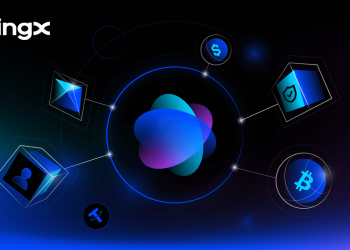Digital currency or rupee is an electronic form of money, that can be used in contactless transactions. Presenting Union Budget 2022, Finance Minister Nirmala Sitharaman announced that the Reserve Bank of India (RBI) would be rolling out its digital currency soon. The Central Bank Digital Currency (CBDC), RBI’s digital currency is going to be introduced in 2023.
“Introduction of a central bank digital currency will give a big boost to the digital economy. Digital currency will also lead to a more efficient and cheaper currency management system,” Sitharaman had said in her Budget speech.
Some people are getting confused between cryptocurrency and digital currency. So are they the same? What is the difference between the two?
The digital rupee will be the digital version of physical cash and will be issued by RBI therefore will be sovereign backed. On the other hand, cryptocurrencies are not backed by a government / central bank and can be an asset class or a payment mechanism, said Mihir Gandhi, Partner & Payments Transformation Leader, PwC India.
“The digital rupee will be different from Bitcoin, Ethereum and other cryptocurrencies in the sense it will be backed by the government secondly it will have an intrinsic value as there is backing, the digital rupee will be equivalent to holding a physical rupee equivalent,” said Manoj Dalmia, Founder and Director, Proassetz Exchange
In short, CBDC is just the digital form of the legal currency used in the country and is not a private currency.
“A cryptocurrency is a decentralised digital asset and a medium of exchange based on blockchain technology. However, it has primarily been controversial due to its decentralised nature, meaning its operation without any intermediary like banks, financial institutions, or central authorities. This makes it immune to the government’s interference or manipulation. Also,…













